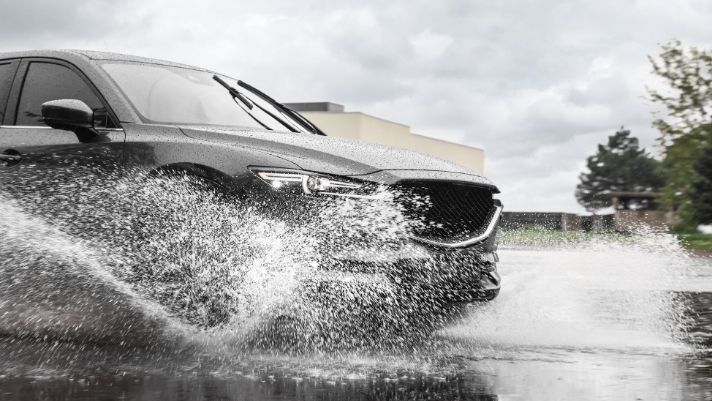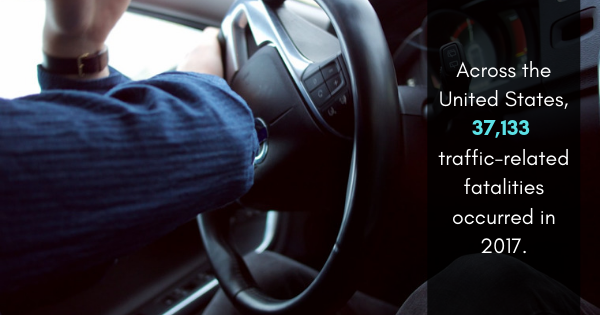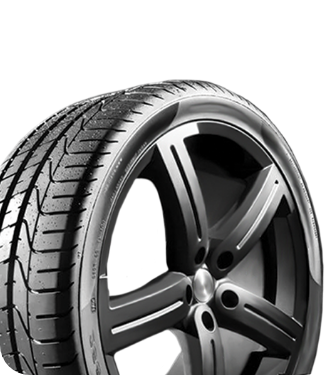

What To Do if You Start Hydroplaning
Safety Tips |There are many hazards that come when driving in rainy conditions, whether it be decreased visibility or the reduced grip of tires on the road. One of the most dangerous risks of driving in the rain is the potential to start hydroplaning. Knowing what to do if you start hydroplaning is one of the most vital pieces of information to have in rainy conditions. It can save your life and the lives of others.
What is Hydroplaning?
Hydroplaning can be caused by several factors. Hydroplaning itself is when there’s too much water between your tires and the road. This excess water will cause your tires to lose contact with the road, almost completely eliminating traction with the ground. With the traction gone, your car will no longer be able to brake or maneuver properly.
Factors That Cause Hydroplaning
There are three main factors that contribute to the increased risk of hydroplaning:
- Speed: The faster your wheels spin in the water, the less traction they’ll have.
- Depth of Tire Tread: Tires that are worn down or tires that have a shallow tread depth are more susceptible to hydroplaning. The shallower the tread, the less traction your car will have.
- Depth of Water: While thin layers of water can still cause your vehicle to hydroplane, deeper levels of water have a higher chance of causing it.
What To Do When You Start Hydroplaning
If you feel your car begin to hydroplane, remain calm and follow these three steps:
Have a Firm Grip on Your Steering Wheel
Keep your steering wheel pointed straight ahead. Turning it to the left or right will cause your car to spin, and without the traction of the tires, you’ll have no control over where the car will go.
Take Your Foot Off the Gas Pedal
With your car no longer having traction, keeping your foot on the gas pedal can cause it to veer out of control. Do Not Slam the Brakes Immediately hitting the brakes may cause your tires to lock up and will lead to your vehicle spinning out of control. If your car has an anti-lock braking system, then, without slamming the brake pedal down, firmly press the brake pedal and don’t remove your foot until your car comes to a complete stop. If your car has regular brakes, quickly and lightly pump your brake pedal.
How To Avoid the Risks
Avoiding deep puddles and driving slowly in the rain will reduce the risk of hydroplaning. Ensure the tires of your vehicle are sturdy, safe, and can reliably handle the hazardous conditions of the road. Contact RNR Tire Express for a selection of reliable tires in Wichita, Kansas.





